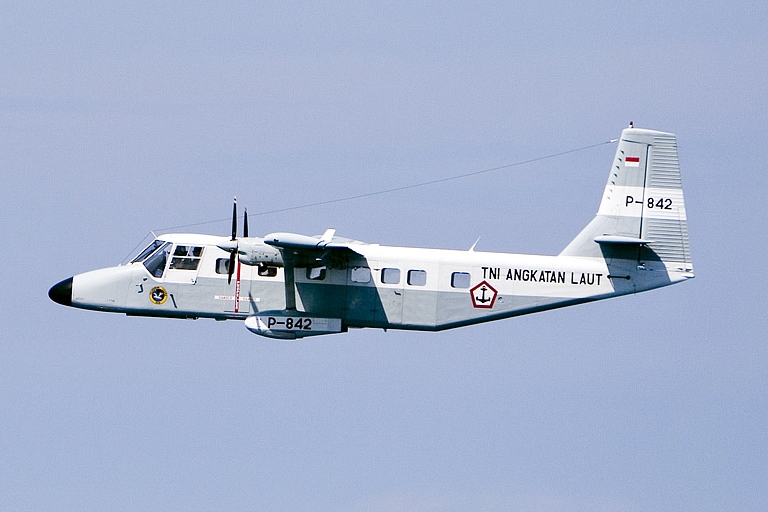MIflyer
1st Lieutenant
The new Cessna SkyCourier showed up at the Oshkosh EAA fly in and Fedex announced they have ordered 50.
Just think, it is 2021 and we are building new design aircraft with fixed gear and strut braced wings. With 19 seats, it's practically a DC-3, but except for the engines, less advanced by 1935 standards.

Just think, it is 2021 and we are building new design aircraft with fixed gear and strut braced wings. With 19 seats, it's practically a DC-3, but except for the engines, less advanced by 1935 standards.
Last edited:

